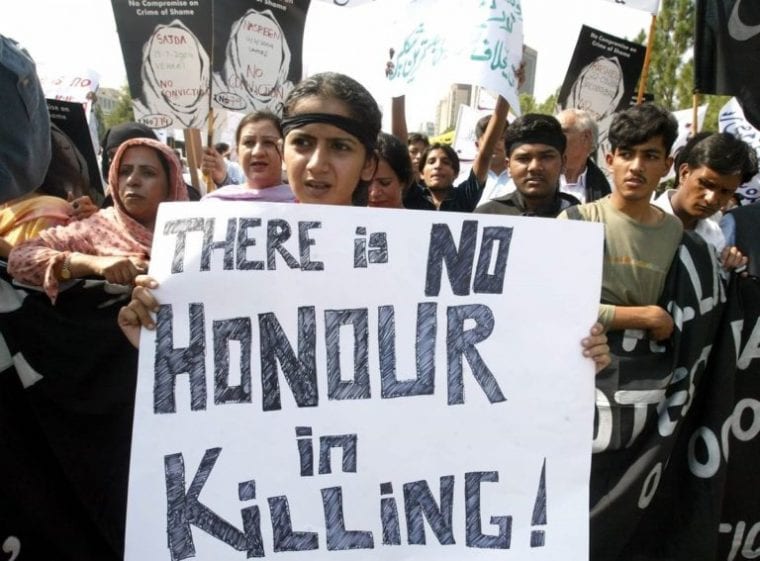A.N. Jindal, J.@mdashThis judgment shall dispose of two Appeals i.e. LPA No. 68 of 2010 filed by Ravinder Kumar Rawal and another LPA No. 1617 of 2010 filed by Deputy Commissioner, Panchkula and another, both arising out of the common judgment dated 08.01.2010 passed by Single Bench of this Court. However, the facts are taken from LPA No. 68 of 2010 for adjudicating both the appeals.
2. Having travelled through the hierarchy of Tribunals as set out under the Haryana Municipal Act, 1973 (herein referred as ''the Act of 1973) for challenging the election by an unsuccessful candidate for the Presidentship of the Municipal Council, Panchkula, the verdict has been recorded by the Election Tribunal and the Appellate Authority in favor of respondent No. 1 - V.K. Sood. Consequently, the appellant - returned candidate, namely Ravinder Kumar Rawal (herein referred as ''the appellant'') also lost before the Single Bench of this Court. His election was set aside on the following grounds:-
(1) The procedure as followed by the Returning Officer in preparing the electoral rolls and marking of serial numbers on the ballot papers amounts to breach of secrecy, which was considered as material irregularity materially affecting the result of an election;
(2) The Returning Officer acted in violation of the Rules while directing the electors to mark ''X'' on the ballot paper, which is in clear violation of Rule 71 of the Haryana Municipal Elections Rules, 1978 (herein referred as ''the Rules of 1978), therefore, it amounts to illegal reception of votes, which is impermissible and a ground for setting aside the election as provided under Rule 85 (1)(d)(iii) of the Rules of 1978.
3. The crucial questions to be determined before us may be summed up as under :-
(i) Whether Rule 71 of the Rules of 1978 is directory or mandatory in nature and whether its violation materially affects the result of the election?
(ii) Whether the preparation of separate sheet of paper containing names of electors, their ward numbers and signatures as also serial number of the ballot papers (which is to be kept in a sealed cover by the Returning Officer) amounts to breach of secrecy materially affecting the election result?
(iii) Whether the election petition is in consonance with Rule 76 of the Rules of 1978 and as such, the election petition was bad for want of cause of action.
4. The aforesaid posers have arisen from the facts as set in the pleadings of the parties. The election of the Municipal Council, Panchkula took place on 30.3.2008 to elect 31 Municipal Councilors. Mr. Ravinder Kumar Rawal - appellant was declared elected from Ward No. 14, whereas, Mr. V.K. Sood - respondent No. 1 was elected as such from Ward No. 4. The total number of winning candidates party-wise is as follows :- Congress - 9; B.J.P. - 8; INLD-6 and Independents-8.
5. The meeting for the election of the President and Vice- President of the Council was convened on 14.5.2008, wherein, the appellant Ravinder Kumar Rawal (a Congress candidate); respondent No. 1 V.K. Sood (a BJP candidate) and one V.K. Kapoor (an INLD candidate) contested for the office of the President. The whole election process was videographed. There was no objection raised at any stage and it had concluded peacefully. On counting, the appellant (from Congress) was declared as elected having secured 13 votes, whereas, respondent No. 1 V.K. Sood (from BJP) secured 10 votes and V.K. Kapoor (from INLD) secured 9 votes. In the same election, BJP candidate Shri Bharat Bhushan Singal was declared elected as the Vice President of the Council by securing 13 votes, whereas, Congress candidate secured 10 votes. Dissatisfied with the election of the President, respondent No. 1 filed an Election Petition on the following grounds :-
(i) That respondent No. 3 completely deviated from the procedure as laid down in Rule 71 of the Rules of 1978, by requiring the members to put a sign of ''X'' on the ballot paper instead of writing ''yes'' or ''no''. Such a procedure adversely affected the voting pattern which materially affected the result of the election;
(ii) That respondent No. 3 prepared a separate sheet containing the signature of members, their ward numbers and their names. Surprisingly, the serial numbers of the ballot papers were also added against the names and ward numbers of the members on the sheet. The members present realized that their ballot papers were open to scrutiny by the concerned officials as they could easily decipher as to who had voted for whom in the election. For the fear of reprisal from the ruling party and the threat of being exposed as to for whom they had voted, the members could not exercise then-right to vote in a free and fair manner. This affected the voting pattern and thus, the voting which was to be held in secret manner, became an open affair.
6. The appellant, who was elected as the President of the Council contested the petition stating that there were total 32 members present in the meeting, including the local Member of Legislative Assembly. The election process was completely in consonance with the Act of 1973 and the Rules of 1978. Preparation of the electoral rolls does not amount to breach of secrecy or visible representation from which an elector could be identified. No objection to the preparation of electoral rolls was raised at the relevant time. The whole election process was completed peacefully. The appellant got 13 votes, whereas, respondent No. 1 secured 10 votes. By way of similar process, Bharat Bhush

